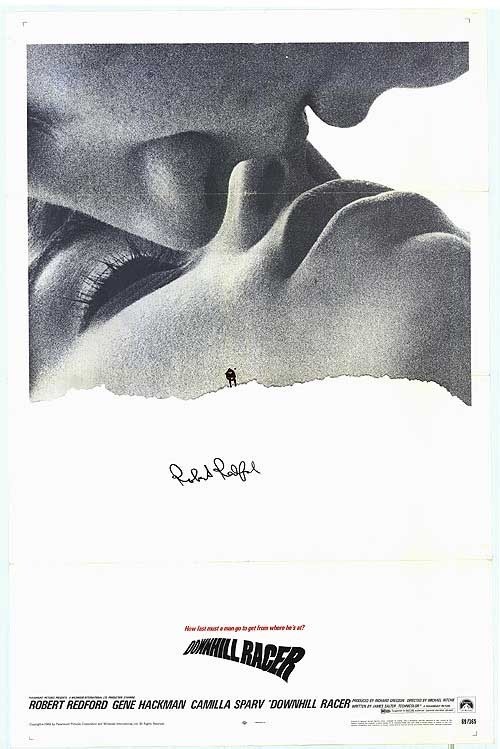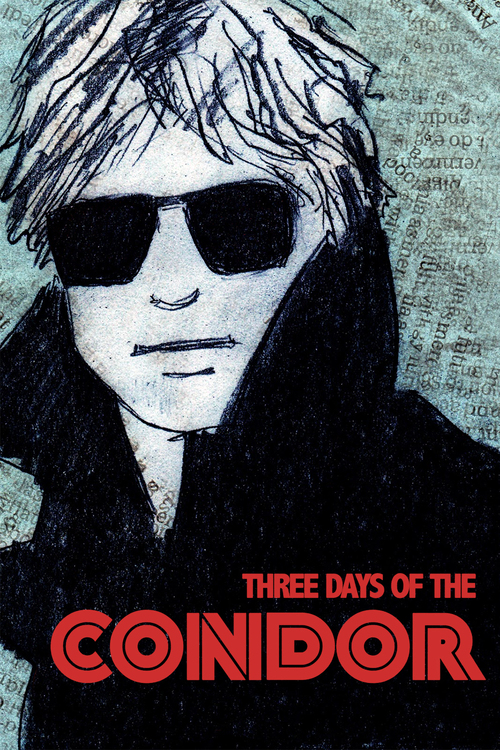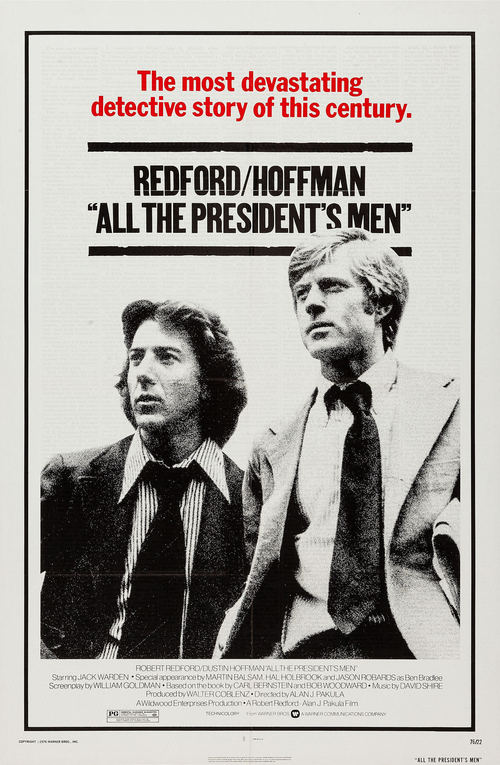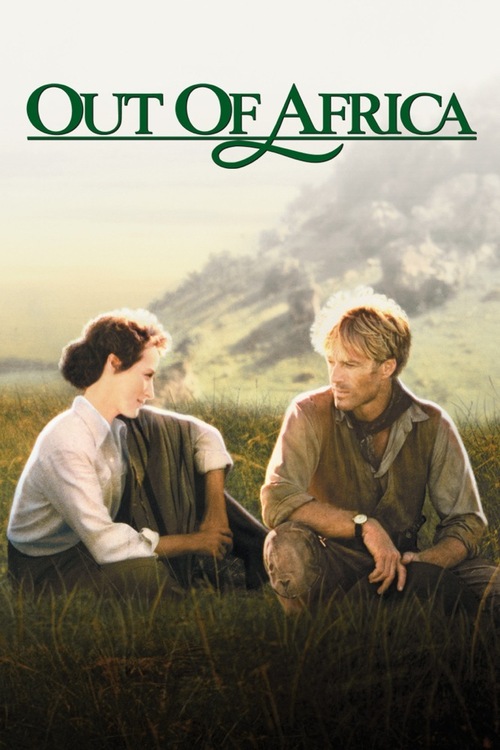I vividly recall seeing Robert Redford several times on Manhattan’s Upper East Side at the peak of his fame in the early seventies, moving quickly but unfettered by security. I called to him once from across the street (what did I have to lose?). He looked over, waved at me, and shouted back a spirited “Hello!” My week was made.
As fate would have it, I’d get to meet Redford on his home turf out in Utah in the mid-eighties. In our first interaction, he looked at me and said simply, “Call me Bob.” With those three words, he put me and everyone else at ease.
A brief while later, I had the chance to introduce my then-fiancee to him. As the big moment approached, she assured me — a bit too vehemently, I thought — that she was not nervous. When finally I brought her up to him, he flashed that famous mega-watt smile, which immediately put her off-balance. My stunned future wife then blurted out, “Oh, hi. I’ve heard so much about you!”
At this even Redford, who had likely heard it all, was speechless.
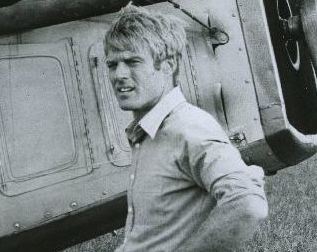
By this point, he was not only one of our top movie stars but an Oscar-winning director as well. But here too was a man uninterested in the trappings of celebrity; his idea was to use his success to make enough money to seriously advance the causes he cared most about: among them, the plight of Native Americans, the environment (before it was cool), and independent film.
And it was not just about giving money; he actually rolled up his sleeves and engaged. More than just a donor to the Democratic Party, he worked for the candidates who shared his ideals and outlook, and briefly considered becoming one himself.
Among other environmental groups, Redford served on the board of The National Resources Defense Council for years. Meanwhile he was using his star salary to buy up more and more pristine land in Utah, the place he’d come to call home (his first wife Lola Von Wagenen’s family had originally settled near there).
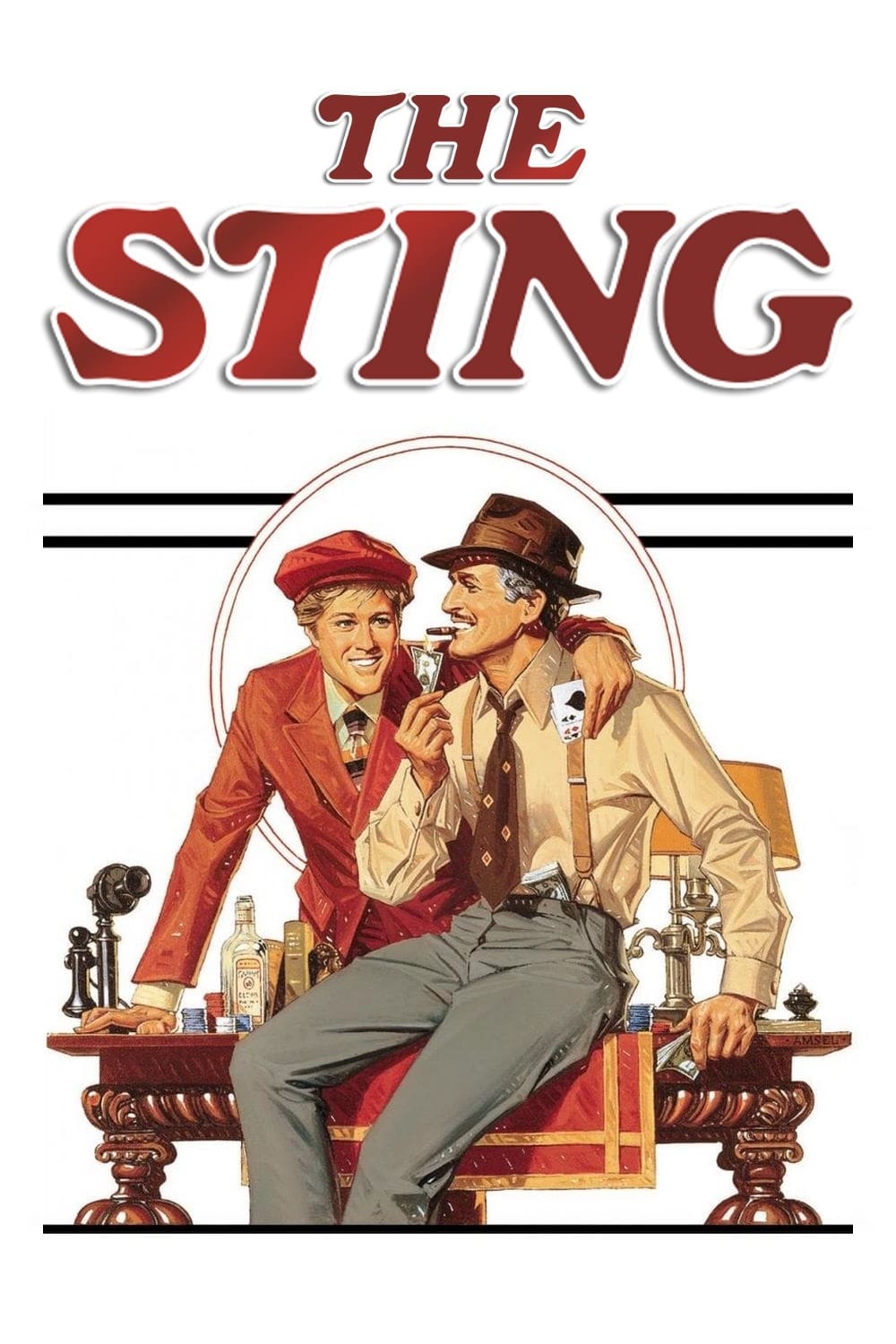
These purchases would ultimately provide a home for what became the Sundance Institute in 1981 — an initiative built around the simple but (more than ever) compelling idea that the work of independent filmmakers should be fostered and supported, well away from the commercial cesspool of Hollywood.
The growth of Sundance in the succeeding decades has been extraordinary, and it’s scary to think how many gifted young directors, writers and actors would not have developed their craft had Bob decided to use his funds simply for his own pleasure.
As to Redford the actor, reportedly he never liked watching his own performances; he was never totally satisfied (one exception being his fabulous, Oscar-nominated work in 1973’s “The Sting”). He was perceptive enough to realize that he wasn’t going to be a character actor, like contemporaries Dustin Hoffman or Gene Hackman. His striking “all-American” good looks served as both a blessing and a curse, and he knew it.
What happened early on with 1967’s “The Graduate” says it all. With his career on the rise, Redford wanted to play the part of Benjamin Braddock, which — believe it or not — was originally conceived as a fair-haired, Gentile character. Helmer Mike Nichols was a friend who’d already directed Bob in the smash Broadway hit, “Barefoot In the Park.” Nichols openly expressed his concern that Redford would never be able to capture the angst of this lovesick character, which led to this exchange:
Nichols: “Let me ask- have you ever struck out with a girl?”
Redford: “What do you mean?”
Nichols: “You see? That’s precisely my point.”
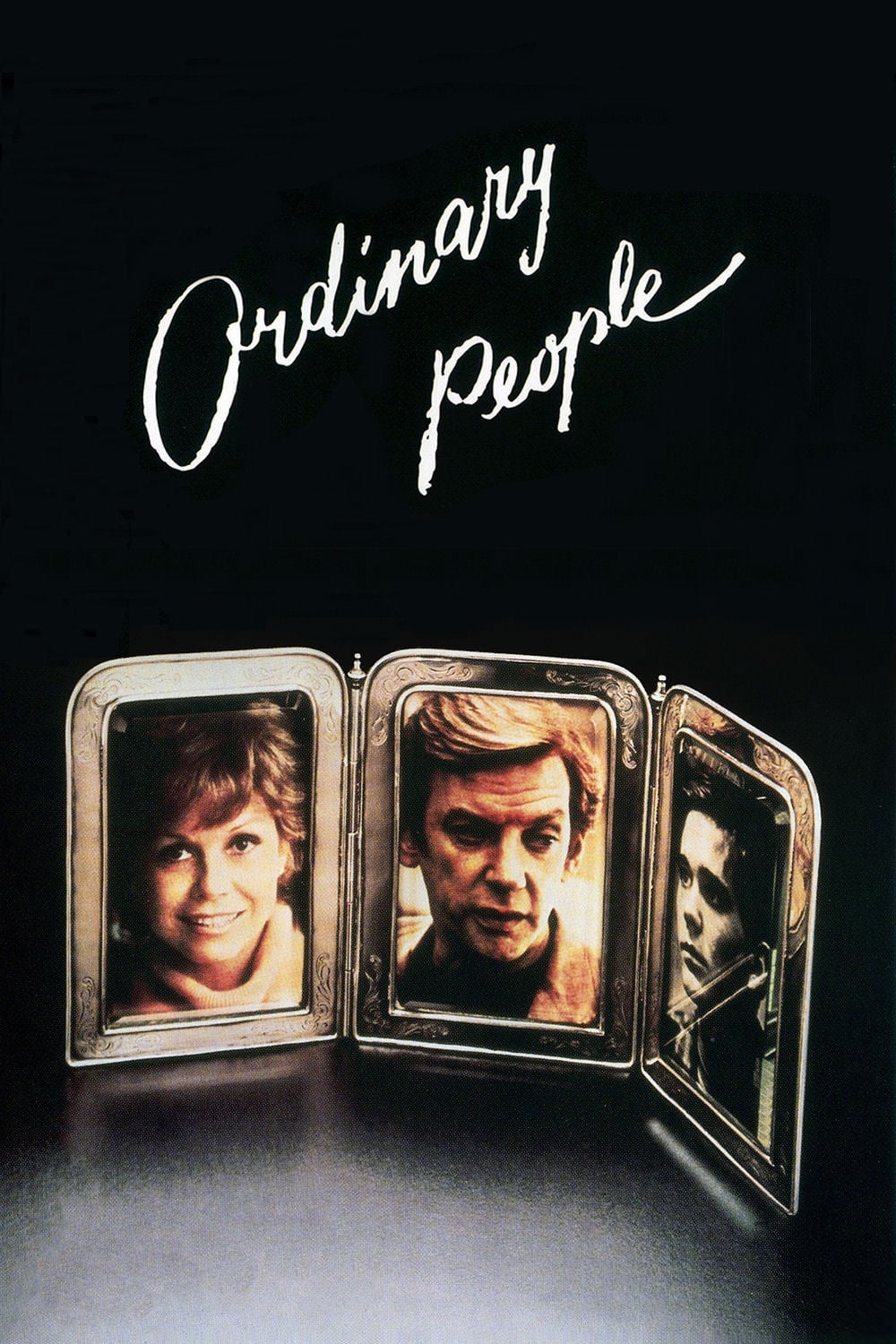
In the seventies, after his star-making turn in the indelible “Butch Cassidy and the Sundance Kid” (1969), Redford was, quite simply, the consummate leading man. He became a star very much in the mold of a Cary Grant or a Garbo. Neither ever won an acting Oscar (neither has Redford), but both were immensely popular, and endowed with that mysterious, ethereal quality that a movie camera somehow brought out, creating screen magic. Bob had it, but it wasn’t enough for him.
Which brings us to Redford the director. In his early forties, he finally decided to have a go behind the camera, and on his first outing, hit it out of the park, producing one the most searing dramas ever made: 1980’s “Ordinary People.” And lo and behold, he won his Oscar. He’s directed eight films since, and won two more Oscar nominations for his excellent “Quiz Show” (1994).
And let’s not forget the tricky business of producing. Over a forty year period, Bob has produced — or executive produced — over 30 films, along with several TV projects.
Even more awe-inspiring is that over this period, he and his first wife Lola managed to raise three very grounded children. The couple divorced in 1985, and Redford finally married his longtime companion, artist Sybille Szaggars, in 2009.
Pushing eighty now, he has not slowed down appreciably as producer, director or actor, nor avoided roles that really challenged him. The foremost example is J.C. Chandor’s “All Is Lost” (2013), about one man stranded out at sea, struggling against stiff odds to survive. The part was not only physically demanding, but also near wordless, so that Bob alone had to hold our attention for just under two hours through action, gesture and expression. I’ve always felt it was a serious oversight that Redford was not Oscar-nominated for this.
Though it’s unlikely his innate modesty would betray it, I hope that deep down Robert Redford feels proud of his most enduring films, and all the other ways he’s helped the planet and bettered the lives of his fellow human beings.
In particular, beyond his amazing career in the movies, we should never forget his founding of Sundance, which, thanks to his steadfast leadership, has become an essential lifeline for emerging filmmakers wanting to do smart, unique and meaningful work. That’s one hell of a legacy all on its own.
